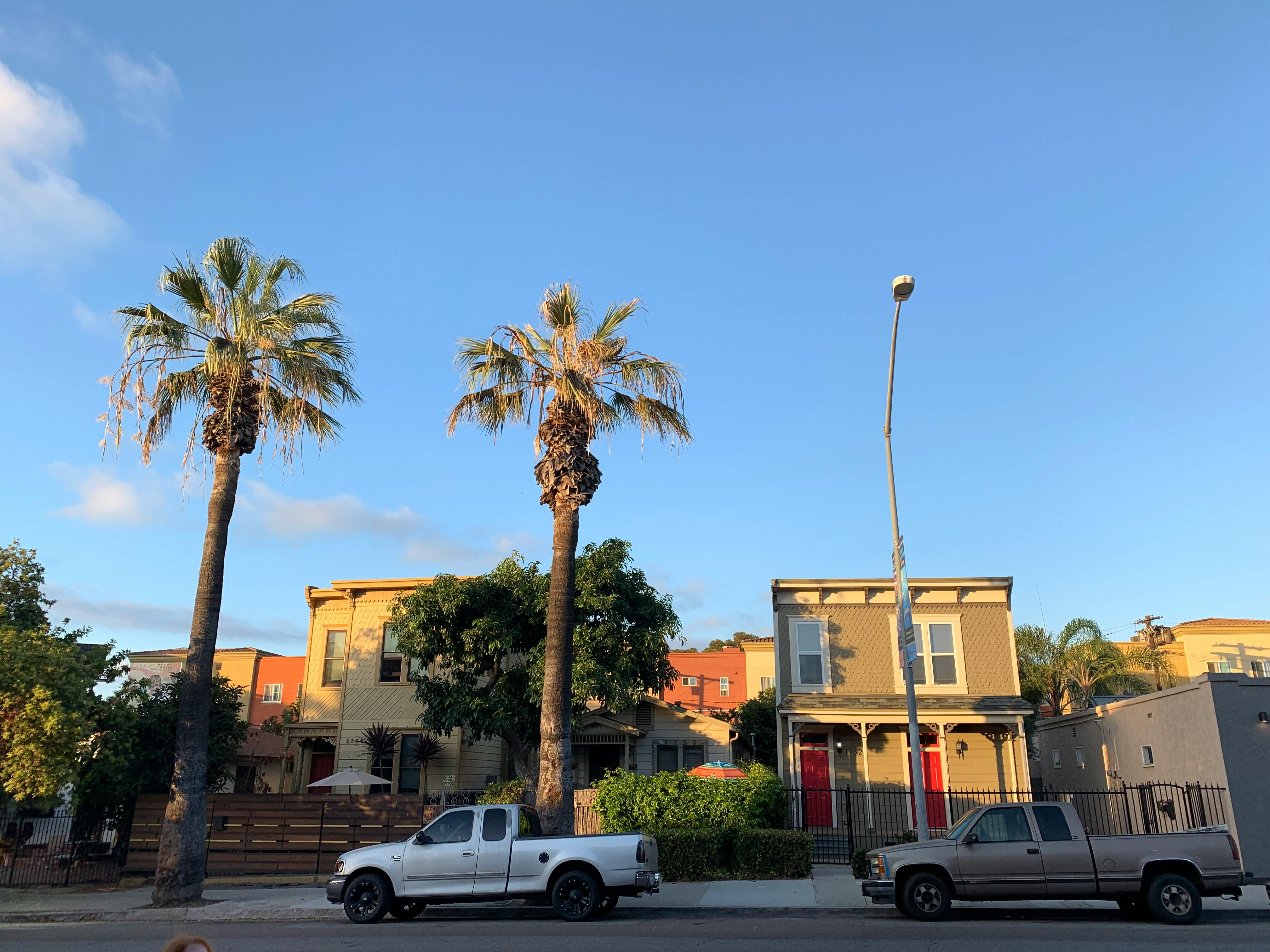
Owning a Multi-Family Home: Is It For You?
People buy and own multi-family homes for a variety of reasons. Some do so because they feel it’s a more affordable way to enjoy the perks of homeownership because the rents collected help offset the costs. Others acquire them strictly for investment purposes, evaluating the historical advantages, from a financial perspective, of using real estate advantageously. In any case, however, it is important to proceed wisely and in a prepared manner to discover if this is the best approach for them. With that in mind, this article will briefly attempt to consider, examine, review, and discuss both examples of owning this type of property, either for personal use or as an investment vehicle.
one. Personal use: A 2-family home often makes sense for someone who no longer wants to rent where they live but finds it extremely difficult to afford by doing so! One should start by getting checked out, from the neck up, and examining whether one would be happy living in a place where one also owns. Are you ready, willing and able to take on these responsibilities and also have to serve a tenant? If so, then the next step should be to do a financial analysis. This starts with looking at the anticipated rent, the apartment you won’t use, you could sue (and do so conservatively). Deduct three-fourths of that from the amount of your monthly payments, including mortgage interest and principal, property taxes, and any necessary maintenance, renovation, and reserve funds. Will this approach make sense and be one that helps you enjoy your life experiences?
two. Investment purposes: If you’re not going to live there, understand that you’ll generally need different qualifications to qualify for a mortgage. In many cases, this requires a higher down payment. Also, it often means having to prove that the income received will cover, at least, the necessary expenses, etc. Once you’ve qualified, it’s important to work – the – numbers and see if the rate of return meets your investment standards. In addition, you must consider the actual rate of return, both based on total purchase price and cash flow, and have the discipline to maintain your standards. I suggest using a 6% calculation for these purposes. For example, if your total monthly costs come to $2,000, you need to receive cash flow greater than $2,120, plus an additional 25% or $500, to insure against any ramifications, including major/minor repairs/renovations, vacations, etc. . Also, this $2,620 (the original $2,120, plus the additional $500), multiplied by 12, or $31,440 per year, means you shouldn’t spend more than $524,000 on this property. which represents a rate of return of 6%.
A thoughtful and intelligent approach is the smartest, regardless of how you might use the house. Are you prepared and disciplined to do what is best for you?